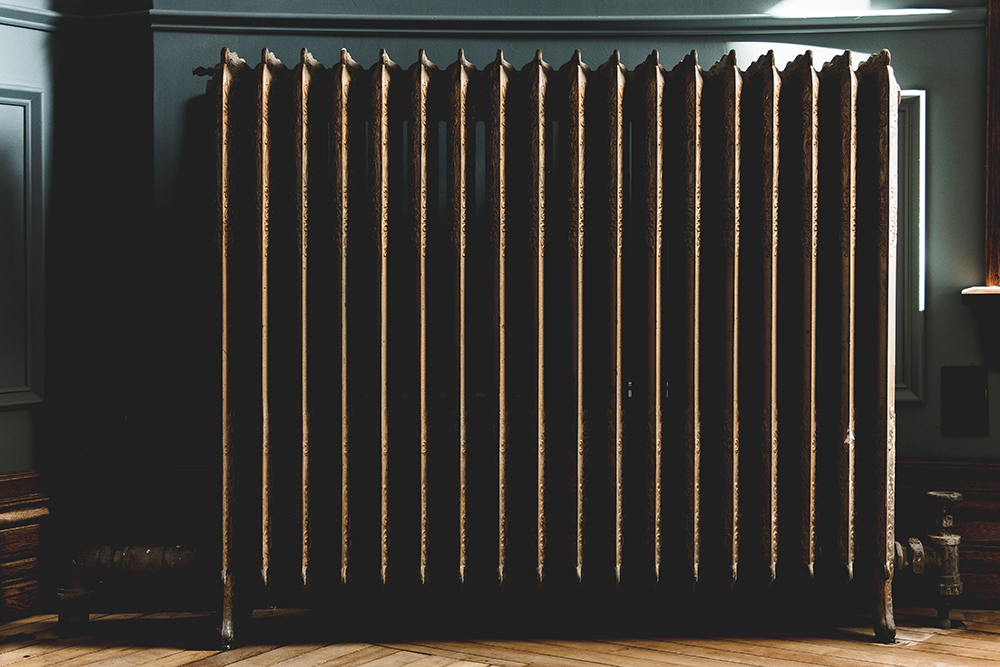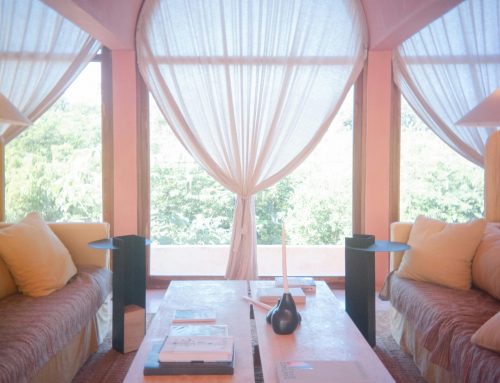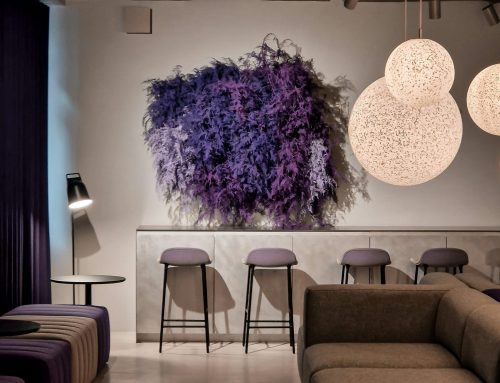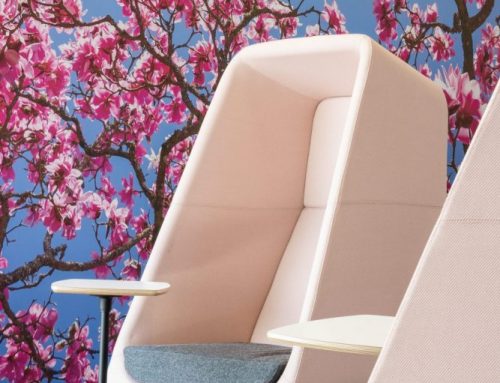It’s November, the clocks have changed and the temperature has dropped, so this week we’re talking about infusing passive heating into interior design. In the realm of modern architecture and design, the significance of energy efficiency and sustainability continues to rise. This has propelled the concept of passive heating to the forefront. Also known as natural heating or solar heating, passive heating relies on harnessing the sun’s energy and natural elements to warm indoor spaces. By integrating passive heating techniques into your interior design scheme, you not only diminish your environmental footprint but also create a more inviting and comfortable living environment. In the Wylde blog this week we’re looking at some creative and effective ways to incorporate passive heating into interior design.
One of the simplest and most effective ways to harness passive heating is through strategic placement of windows. South-facing windows receive the most direct sunlight in the northern hemisphere, making them ideal for passive heating. To maximise this natural resource, consider installing large, energy-efficient windows with low-emissivity coatings (Low-E) and multiple panes of glass to reduce heat loss while maximising solar gain. Additionally, invest in insulated curtains or blinds that can be drawn at night to retain heat and opened during the day to allow sunlight in.
Thermal mass refers to materials that can absorb, store, and release heat. Incorporating thermal mass elements into your interior design, you can help regulate temperature fluctuations and create a more comfortable living space. Consider using stone or tile flooring, which have high thermal mass and can absorb and retain heat, releasing it slowly throughout the day. Additionally, masonry walls or fireplaces made of brick or stone can serve as effective thermal mass elements, helping to stabilise indoor temperatures.
Passive solar design is a holistic approach to architecture that aims to optimise the use of natural resources, including sunlight, for heating and cooling purposes. Key principles of passive solar design include incorporating overhangs or shading devices to prevent overheating in the summer while still allowing sunlight in during the winter. Ventilation strategies, such as cross-ventilation, can be used to facilitate air circulation and regulate indoor temperatures.
While insulation is typically associated with retaining heat in winter, it also plays a crucial role in passive heating. Proper insulation helps prevent heat loss and keeps indoor spaces warmer for longer periods. Opt for high-quality insulation materials like cellulose, wool, or recycled denim, which offer excellent thermal performance. Ensure that your home is properly sealed to prevent drafts and maintain a consistent indoor temperature. After all, there’s no point heating up your home if it’s all going to escape!
When selecting materials for your interior design scheme, consider using sustainable options that contribute to passive heating. For example, timber has natural insulating properties and can help regulate indoor temperatures. Additionally, using recycled or reclaimed materials not only reduces environmental impact but can also contribute to passive heating strategies.
Integrating passive heating into your interior design scheme is not only an environmentally conscious choice but also a practical and aesthetically pleasing one. By maximising natural resources like sunlight and utilising thermal mass elements, you can create a comfortable, energy-efficient living space that harmonises with nature. Embrace these strategies and watch as your home becomes a beacon of sustainable design.






